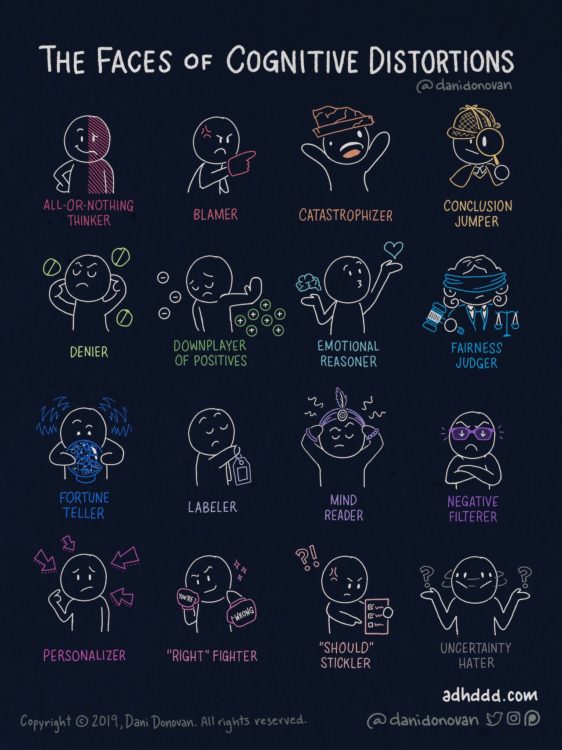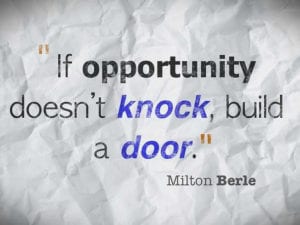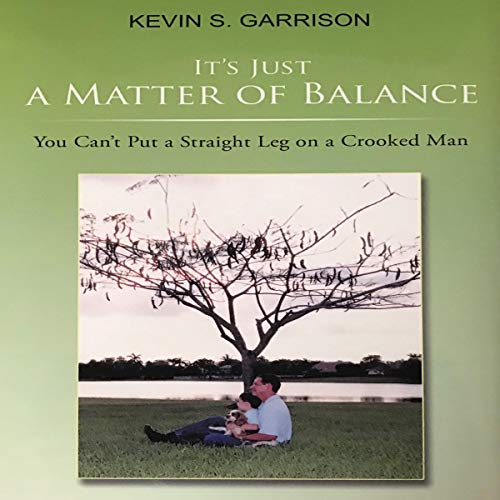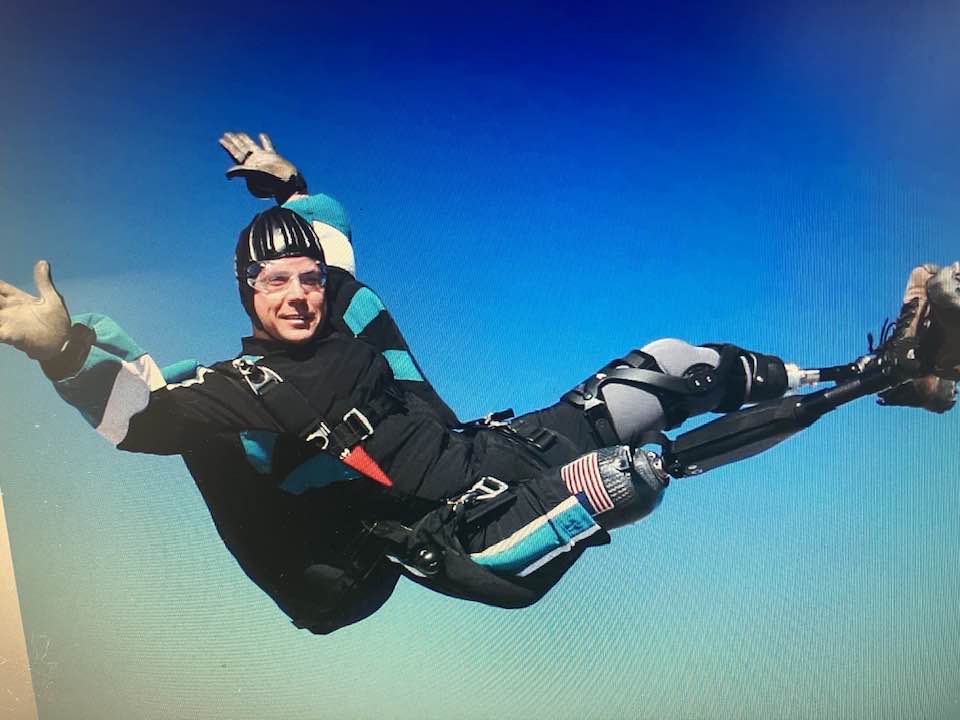
Life after amputation. What does it mean? The adage that losing a limb is emotionally like losing a loved one may be true. The opposite of it is true. My wife was there for me. She gave me strength and protected me. My wife was quick to stop pain medication before I became addicted to it, You must take the time and patience to find out how stressed your significant other is. You are getting all the attention which can be overwhelming, They discount their pain till it is too late. There is a level of denial as to how much they hurt when you are not improving. The more you recover the more relieved she will feel. You can tell you are getting better when you start to worry more about your significant other than yourself..
You See How Much Amputees Struggle
My life after amputation started when I spent two weeks of daily inpatient physical therapy. They taught me how to develop new personal hygiene skills not having two feet. I was scared just transferring from the bed to the wheelchair, Staying in the hospital I learned a lot of new skills and stayed active when I just wanted to be left alone. It helped me fight off the fear of falling that overwhelmed me. I started seeing a therapist as soon as I was informed that I had to have my foot amputated. Most falls occur in the first few weeks after your amputation. Even with all the skills they taught me, I fell five times when I returned home. I had been seeing a psychotherapist since I had to choose to lose my leg. I was able in those two weeks to have a handyman make my house safe for my recovery. After I was strong enough to go home I continued outpatient physical therapy twice a week. Life after amputation means getting as much help restoring my strength and learning how to regain my former lifestyle.
Life After Amputation Starts With Others
I started going to the gym. My inpatient physical therapy was almost over. My therapist said that I needed to continue to regain my strength by going to the gym on a regular basis. Amputation without active exercise several days a week can reduce your lifespan by five years or more. One day there was a small crowd of people that just enjoyed being at the gym and getting some exercise. To my pleasant surprise, the leader of the group was a fellow amputee. I was slowly going from one exercise machine to another till I was exhausted. This guy was jumping, running, and enjoying every minute of his experience. He had a group of people exercising with him. They looked like they were having the time of their lives. What an inspiration this guy was. He is an example of life after amputation.

Life After Amputation Means Planning Ahead
While in the hospital I was invited to a support therapy group. It was a struggle to walk to the physical therapy office from my car. At times I gripped the convenient handrail for dear life and cursed my weakness, I refused to give up and soon I could walk the distance with a cane. I was familiar with all the physical therapists and most of the amputees when someone I didn’t know walked in and calmly sat down. I was surprised when he said he was an amputee. Even more surprised when he said he lived alone and enjoyed his freedom. I was inspired when I realized he moved as if he had two feet. He was a breath of fresh air. He inspired me. I saw again someone who had made life after amputation. I was impressed.
Getting Over Your Amputation
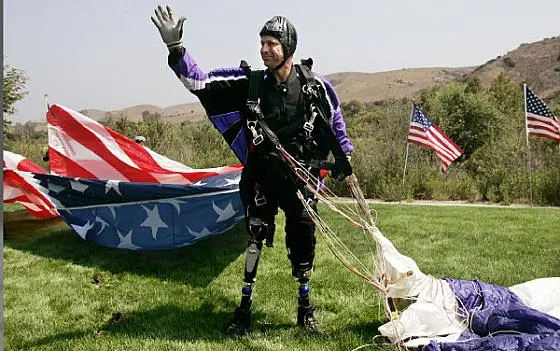
When will you know there is life after amputation? Waking up means not thinking you are a cripple Putting on your prosthesis feels good. The prosthesis doesn’t hurt anymore. It feels like a comfortable extension of your foot. When I got a microprocessor prosthesis I could be much more mobile. It gave me a new sense of balance. In making plans for the day you no longer focus on how far away everything is and how many steps there are to arrive. Public bathrooms won’t worry you. Little kids stop coming up to you asking personal questions. Uneven surfaces will no longer scare you. You will stop looking at your foot and look ahead. Courage is easier to rely on. Life after amputation doesn’t even cross your mind. You do not measure your activity based on how much you have let fear run your life.
How to Regain Your Life After Amputation
Returning to your previous level of functioning is the goal of your rehabilitation plan. Before my foot amputation, I had a hip replacement. The two operations were equally painful but the rehabilitation of my hip was much easier. That was in part because with my hip replacement did not have any limb loss to grieve over. Daily physical therapy was the same after both operations. Getting a prosthesis with a microprocessor helped immensely with my balance and gait. I worked very hard to get back on my feet in both operations, I continue to strengthen my leg muscles and my rehabilitation continues full steam ahead. Just as with my hip, my goal is to walk again without a cane. Nothing will stop me from reaching that goal. The goal of an amputation means you have returned to your former lifestyle. You will be able to make realistic plans for the future without the trauma of the past getting in your way.
Amputation: Recovery and Rehabilitation
